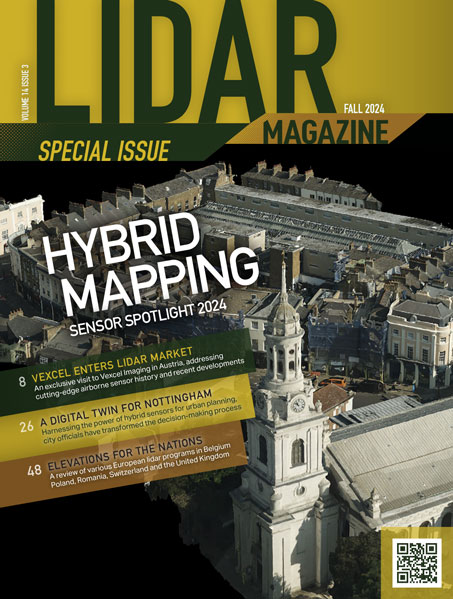Scalable Algorithmic (SCALGO) was founded in 2009 with the mission to bring
cutting-edge massive terrain data processing technology to market. The
SCALGO technology is based on more than two decades of basic and applied
research on I/O-efficient and geometric algorithms at Center for Massive
Data Algorithmic (MADALGO) at Aarhus University in Denmark and at Duke
University in the US, in collaboration with industry LIDAR and environmental
GIS application experts. Software based on the technology can handle much
larger terrain datasets on a normal desktop than most current software and
thus it eliminates the need for accuracy-decreasing data thinning. The use
of novel mathematical and algorithmic techniques also means that the
software works provably efficient on all input datasets, delivering a
completely specified output without the use of cumbersome work-flows such as
those introduced by data tiling.
The SCALGO software portfolio includes software packages SCALGO Model and
SCALGO Hydrology, which have successfully been used to process terrain
datasets with more than 50 billion data elements on a normal desktop
computer. SCALGO Model can be used to construct raster and TIN terrain
models from massive terrain points (such as LiDAR), as well as to simplify
massive raster terrain models in a fully-specified and user-controlled way.
SCALGO Hydrology can be used to perform basic hydrological modeling on
massive raster terrain models, including computing flow accumulation,
watersheds, bluespots (maximal
depressions) and the effect of rising sea-level.
More information about SCALGO technology, software products and services can
be found at http://scalgo.com. The website also contains more information
about some of the projects where SCALGO technology and software has been
used successfully (scalgo.com/technology/success.php), including an
interactive visualization of the results of using the SCALGO hydrology
software on a massive and almost global terrain model to assess the risk of
flooding.
